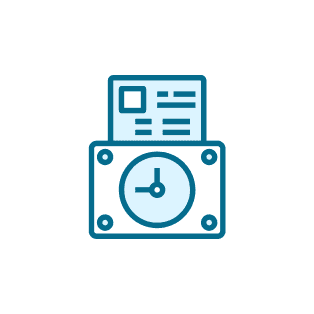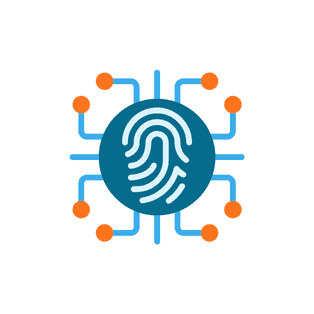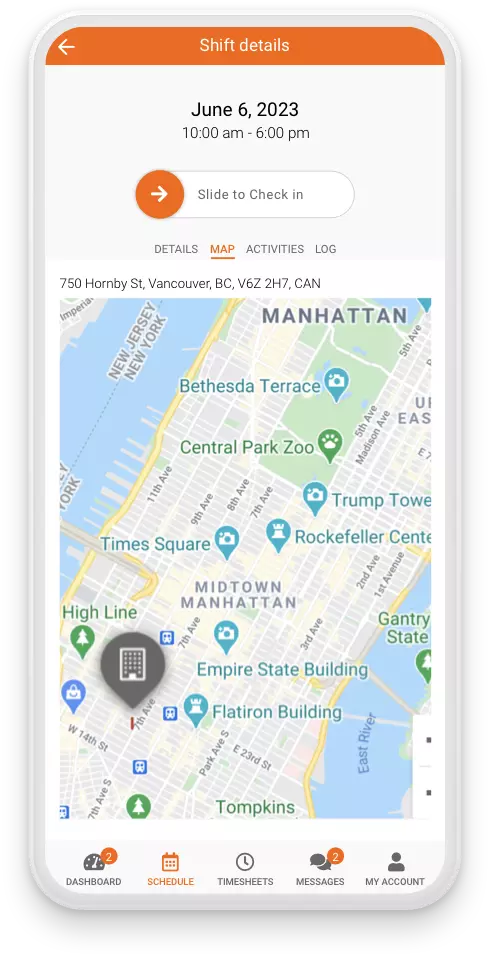As a business owner, managing hourly employees can be a challenging task. This is especially true when it comes to tracking their time accurately. Falsified timesheets can lead to increased labor costs, loss of trust, and legal consequences. To prevent these issues, it’s crucial to implement effective strategies and, where possible, leverage time and attendance software.
In this blog post, we’ll explore practical ways to prevent employees from falsifying timesheets. We’ll also look at how time and attendance software can be a valuable tool for managers.
What is a Timesheet?

A timesheet is a document or record used to track and record the amount of time that an employee spends on various tasks, projects, or activities during their work hours. Timesheets are commonly used by businesses and organizations with hourly employees. Timesheets monitor and manage employee work hours for purposes such as payroll processing, project tracking, and performance evaluation.
Typically, a timesheet includes the following information:
- Employee Information: The employee’s name, identification or employee number, and possibly their department or job title.
- Date and Time: The date(s) when the work was performed, along with the start and end times for each task or activity.
- Task or Activity Description: A brief description of the task, project, or activity that the employee worked on during the specified time period. This description helps to identify what the employee was doing during those hours.
- Total Hours Worked: The total number of hours worked by the employee for each day or week. It will often highlight regular hours and any overtime hours if applicable.
- Signatures and Approvals: In some cases, timesheets may require the employee’s signature to verify the accuracy of the recorded hours. Supervisors or managers may also need to sign off on the timesheet to approve the hours worked.
Timesheets serve several important purposes:
- Payroll Processing: Timesheets are essential for calculating the wages or salaries of hourly employees. They help ensure that employees are paid accurately based on the hours they have worked.
- Project Tracking: Timesheets are used to track the time spent on various projects or task. This helps businesses allocate resources efficiently, estimate project costs, and monitor progress.
- Compliance: Timesheets can help businesses ensure compliance with labor laws and regulations related to working hours, breaks, and overtime.
- Billing Clients: Timesheets can be used to generate invoices for businesses that provide services to clients on an hourly basis, based on the time spent on each client project.
- Performance Evaluation: Supervisors and managers may use timesheet data to assess employee performance. They can also be used to allocate work effectively, and identify areas where additional training or support is needed.
More often than not, employees are responsible for filling out their own timesheets. This leaves organizations susceptible to timesheet fraud.
What is Timesheet Fraud?

Timesheet fraud, also known as time theft, refers to the deliberate and deceptive editing of recorded working hours by an employee. It’s commonly done to over-report their work hours or claim compensation for time they did not actually work. There are various common types of timesheet fraud including buddy punching or timesheet padding. In fact, 75% of companies lose money from “buddy punching,” according to the American Payroll Association .It’s primary purpose is to obtain financial gain or benefits through dishonest means.
How Common in Timesheet Fraud?
It can be hard to estimate how common timesheet fraud is in North America. This is simply because many cases of timesheet fraud go undetected or unreported. The extent of timesheet fraud can vary significantly depending on the industry and the size of the organization. It can also differ between organizations based on how they handle it internally.
The impact of timesheet fraud can be significant for organizations. It can result in increased labor costs, reduced productivity, and legal consequences if it involves violations of labor laws or regulations. It also erodes trust within the workplace and can have a negative impact on employee morale.
How can you prevent employees from falsifying timesheets?
Do you employ hourly workers? Do you currently rely on manual timesheets? If you answered yes, you should consider how you might reduce the risk of your employees falsifying timesheets.

Implement Clear Timekeeping Policies
The first step in preventing employees from falsifying timesheets is to establish clear and transparent timekeeping policies. Ensure that your employees are aware of the rules and expectations regarding timekeeping procedures. These include clock-in, clock-out procedures, break times, and overtime. Communicate these policies through employee handbooks, training sessions, and regular reminders.
Educate Employees on the Consequences
Make sure your employees understand the consequences of falsifying timesheets. Highlight that this action breaks trust and can result in punishment, such as being fired. By educating your staff on the potential repercussions of committing timesheet fraud, you create a deterrent against timesheet fraud.
Use Biometric Time Clocks

Biometric time clocks, such as fingerprint or facial recognition systems, can significantly reduce the likelihood of timesheet fraud. These systems ensure that employees can only clock in and out using their unique biometric data. This makes it virtually impossible for one employee to clock in for another. It’s even better if these biometric time clocks integrate fully with your attendance system.
Implement Geolocation Tracking
Time and attendance software often come equipped with geolocation tracking features. Celayix, for example, uses geofencing. This technology can help monitor employees and verify that they are clocking in and out from the correct location. If an employee attempts to clock in from an unauthorized location, the system can flag the discrepancy for review in real time. This is great for organizations with mobile workforces such as security guards or home health care workers.
Set Up Automated Alerts
Time and attendance software can be programmed to send automated alerts to managers of suspicious activity. For example, you can set the system to notify you if an employee clocks in too early, or takes unauthorized breaks. This proactive approach allows you to address issues promptly.
Regularly Audit Timesheets
Regularly auditing timesheets is a crucial part of preventing fraud. Time and attendance software simplifies this process by providing detailed reports and analytics. Reviewing these reports regularly will help you identify patterns of timesheet issues and take appropriate action.
Encourage Open Communication
Create an environment where employees feel comfortable reporting any concerns about timesheet accuracy. Encourage them to communicate openly with supervisors or HR if they believe there has been a mistake or if they suspect fraudulent activities among their peers. Promptly address any reported issues.

Embrace Mobile Time Tracking
Mobile time tracking software, often integrated with time and attendance software, allows employees to clock in and out using their smartphones. These apps can use geolocation data and timestamps to verify their location and provide an additional layer of security against timesheet fraud.
Anything you can do to prevent timesheet fraud is essential for maintaining a trustworthy work environment and controlling labor costs. By implementing clear policies, using technology like time and attendance software, and fostering open communication, you can significantly reduce the risk of timesheet fraud within your organization. Remember that tools like Celayix, offer advanced features to ensure accurate time tracking and accountability. Stay vigilant and committed to enforcing these strategies to protect your business and employees from the consequences of timesheet fraud. If you’d like to learn more about how Celayix can help you eliminate timesheet fraud, book a free, live demo today!




